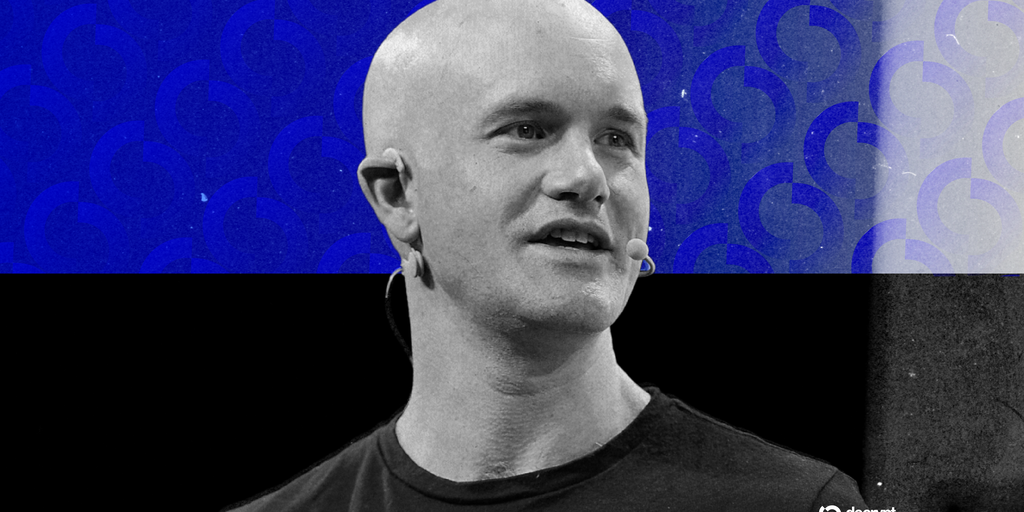Copyright Interesting Engineering

Quantum computers are often seen as the ultimate problem-solvers, capable of tackling calculations that would take classical machines millennia. By leveraging quantum bits, or qubits, which exploit superposition and entanglement, they can process countless possibilities at once and deliver results at astonishing speeds. Yet even these powerful machines have limits, and now, researcher Thomas Schuster and his team at the California Institute of Technology have identified a problem that quantum computers can’t crack efficiently: determining the phases of matter from unknown quantum states. Their findings, published on the arXiv preprint server, reveal that some quantum challenges remain stubbornly beyond quantum reach. The complex world of quantum states at absolute zero While distinguishing liquids from gases is simple in everyday life, the quantum world presents far greater challenges. Quantum phases of matter emerge at absolute zero, with their behavior governed entirely by quantum mechanics and its inherent fluctuations. These phases include a variety of forms, such as topological and non-equilibrium phases, each with unique properties. The study authors emphasize that quantum mechanics has uncovered entirely new states of matter, including topological order and symmetry-protected topological phases, and that identifying and understanding these phases is critical for both fundamental physics and the development of next-generation quantum technologies, Phys.org reported. Certain quantum phases, such as topological order, are notoriously difficult for computers to identify. The challenge grows with the correlation length, a measure of how far the properties of a quantum system influence each other. The study shows that as this range, denoted ξ, increases, the computational time required rises exponentially. When ξ grows faster than the logarithm of the system size, the time needed becomes super-polynomial, effectively making the problem impossible to solve in any reasonable timeframe. This highlights the limits of even the most advanced quantum computers when tackling complex quantum phases. This year, Schuster and his team examined randomness in quantum computing and uncovered fundamental limits. They found that key physical properties – like evolution time, phases of matter, and causal structure – are likely too difficult to measure using standard quantum experiments, prompting profound questions about how we observe and understand the physical world. The study suggests that certain properties of the universe may be difficult, or even impossible, to fully understand, highlighting fundamental limits in our ability to probe and measure nature. Furthermore, next steps could focus on identifying which physical properties make phase recognition easier in practice, despite the theoretical difficulty, or exploring ways to make phase identification more practical for real-world quantum systems.



